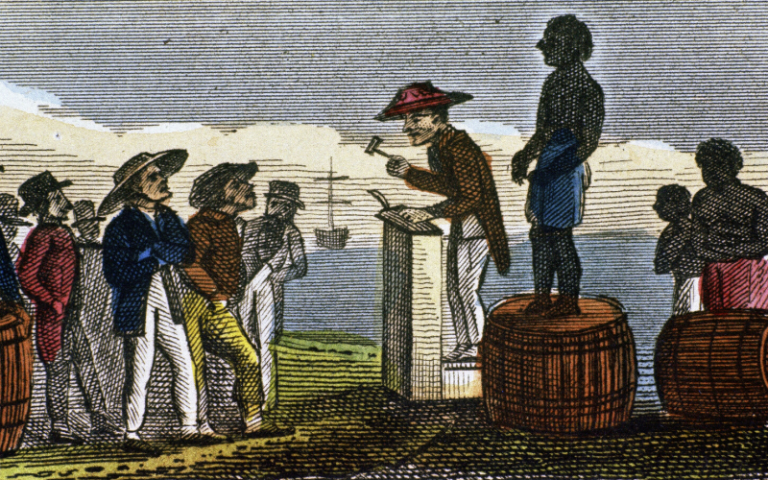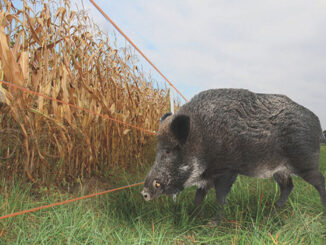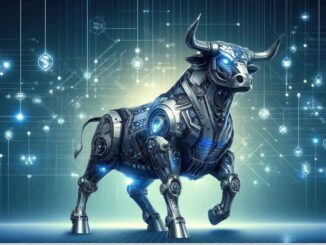The first Africans who arrived by sea in the future United States were not slaves, but contract servants: that landing, however, laid the foundations of the American slave society. In fact, once the masters understood that it was more advantageous to have slaves for life, the concept of ownership of human beings spread. Slavery laws were one of the triggers for the war of secession, after which slavery was finally declared illegal.

Topics covered
In August 1619, the White Lion frigate landed at Point Comfort, Virginia, the first British colony in North America. On board were twenty men of African origin destined to be sold as workers. Three days later, the Treasurer arrived with more men for sale.
This is when did slavery start in America.
When Did Slavery Start: From Servants to Slaves
In the beginning, actually, they were contract servants who had to work to pay off a debt. They did not receive a salary, but once the agreed terms were over, they were free.
These kind of contracts, however, proved to be not very convenient for the owners of large crops. As a result, from the late 17th century, the system of slavery, based on the possession of the workers, spread.
Officially Under Control
Already at the time of the declaration of independence, in 1776, all thirteen original colonies had sanctioned slavery through specific Slave Codes. Furthermore, they called into question the white race supremacy to legitimize the “private property” of human beings. The adoption of slavery in the USA increased the “Atlantic trade”, the most massive forced migration in history. Over 11 million Africans were deported between the 16th and 19th centuries.
In order to ensure stability, the legislators exercised strong social control over slaves, by preventing them from circulating, gathering and even going to school. Any attempt at insurrection by them was punishable with bloodshed and exemplary executions. An example of this is the revolt of 1831 in Southampton County, led by the slave preacher Nat Turner. Over 200 slaves died on that occasion – far more than the actual perpetrators of the uprising.
The rapid territorial expansion of the USA followed the growing international demand for tobacco and especially cotton. Moreover, the spread of new agricultural enterprises in the South soon also triggered an “internal trade” of slaves. We are talking about the Second Middle Passage. In the decades between the ratification of the Constitution of the United States (1787) and the Civil War (1861), the trafficking mobilized about one million individuals. It is more than double those deported directly from Africa.
When Did Slavery Start and When Did It End
At the beginning of the 19th century, not even a hundred years after their birth, there was a split within the United States. In the South, a conservative, rural model of life had emerged based on the exploitation of slaves. In the North, however, the economy was oriented towards industrial production and slavery had been gradually abolished by the end of the 18th century.
The tensions created by this socio-economic divide led to the bloody American Secession War in 1861. At the base was precisely the will of the Northerners to impose abolitionism on all the USA. Their aim was actually to expand industry to the lands of the South. However, at the end of the war, in 1865, the 13th Amendment to the Constitution of the United States of America came into force. Finally, a law enacted the abolition of slavery.





Leave a Reply